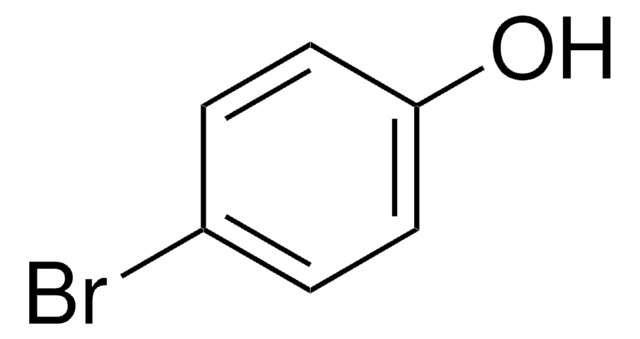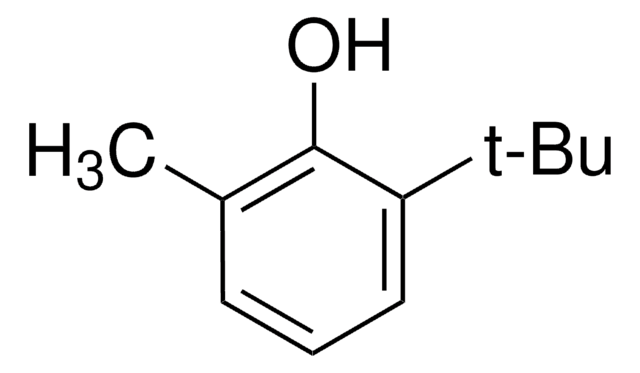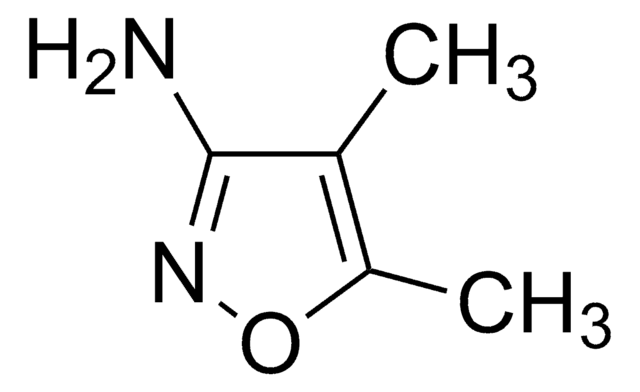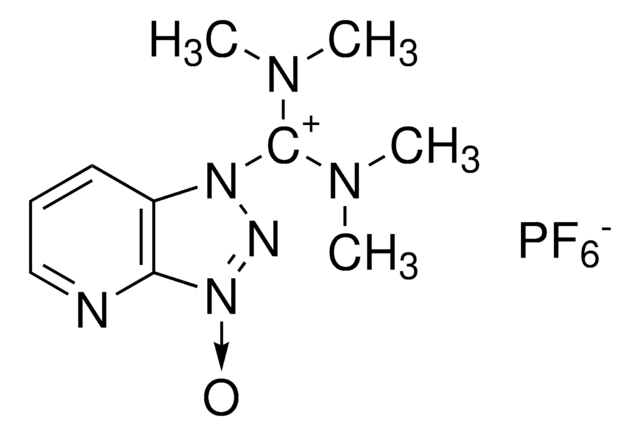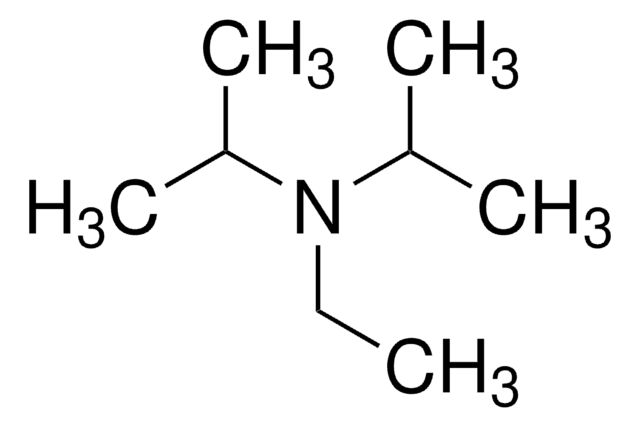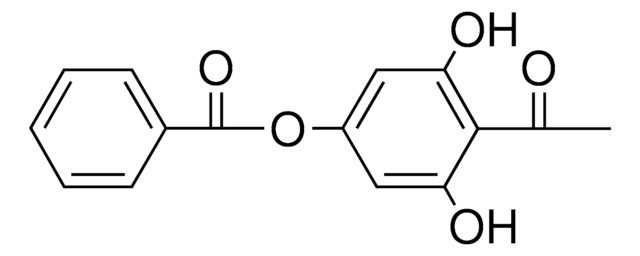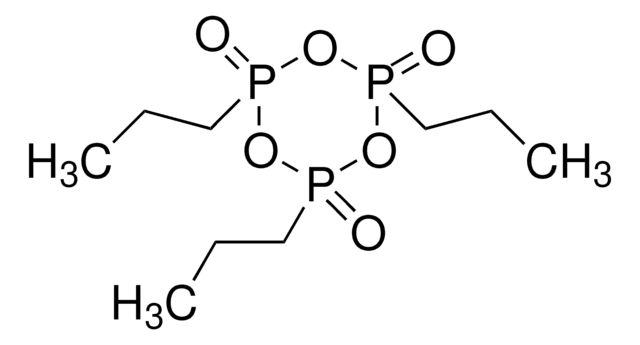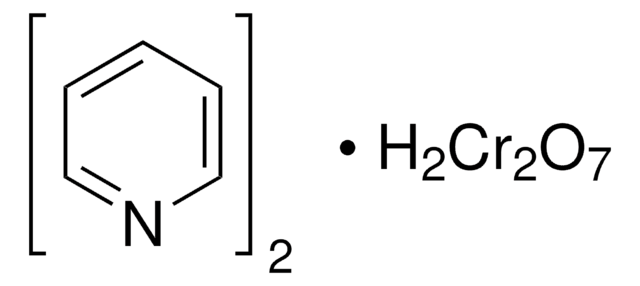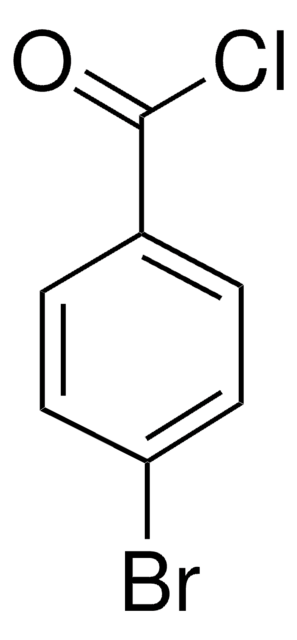推荐产品
方案
97%
表单
crystals
mp
159-162 °C (lit.)
SMILES字符串
OC(=O)c1cc(c(Cl)c(c1)[N+]([O-])=O)[N+]([O-])=O
InChI
1S/C7H3ClN2O6/c8-6-4(9(13)14)1-3(7(11)12)2-5(6)10(15)16/h1-2H,(H,11,12)
InChI key
PCTFIHOVQYYAMH-UHFFFAOYSA-N
正在寻找类似产品? 访问 产品对比指南
警示用语:
Warning
危险声明
危险分类
Eye Irrit. 2 - Skin Irrit. 2
储存分类代码
4.1A - Other explosive hazardous materials
WGK
WGK 3
闪点(°F)
Not applicable
闪点(°C)
Not applicable
个人防护装备
dust mask type N95 (US), Eyeshields, Gloves
J Thiele et al.
Applied and environmental microbiology, 54(5), 1199-1202 (1988-05-01)
4-Chlorobenzoate dehalogenase from Pseudomonas sp. strain CBS3 converted 4-chloro-3,5-dinitrobenzoate to 3,5-dinitro-4-hydroxybenzoate and 1-chloro-2,4-dinitrobenzene to 2,4-dinitrophenol. The activities were 0.13 mU/mg of protein for 4-chloro-3,5-dinitrobenzoate and 0.16 mU/mg of protein for 1-chloro-2,4-dinitrobenzene compared with 0.5 mU/mg of protein for 4-chlorobenzoate.
A A Jacobs et al.
Biochimica et biophysica acta, 872(1-2), 92-97 (1986-07-25)
Modification of lysine residues with 4-chloro-3,5-dinitrobenzoate results in the loss of the binding capacity of K99 fibrillae to horse erythrocytes (Jacobs, A.A.C., van Mechelen, J.R. and de Graaf, F.K. (1985) Biochim. Biophys. Acta 832, 148-155). In the present study we
E L Gross et al.
Biochimica et biophysica acta, 1016(1), 107-114 (1990-03-15)
Chemical modification of plastocyanin was carried out using 4-chloro-3,5-dinitrobenzoic acid, which has the effect of replacing positive charges on amino groups with negatively charged carboxyl groups. Four singly-modified forms were obtained which were separated using anion exchange FPLC. The four
S R Lin et al.
Biochemistry and molecular biology international, 31(1), 175-184 (1993-09-01)
Cardiotoxin III (CTX III), a major cardiotoxin analogue isolated from the Taiwan cobra (Naja naja atra) venom was modified, either with trinitrobenzene sulfonate (TNBS) or 4-chloro-3,5-dinitrobenzoate (CDNB). Under the conditions of limited reagent availability, three mono-TNP derivatives modified at Lys-5
H Greim et al.
Advances in experimental medicine and biology, 136 Pt B, 1389-1398 (1981-01-01)
Metabolic inactivation of chemicals may prevent toxic effects of reactive intermediates when present at low levels whereas inactivation may be overcome at high levels changing dose-effect relation. This is demonstrated in various in vitro test systems: a) Monooxygenase-mediated metabolism causes
我们的科学家团队拥有各种研究领域经验,包括生命科学、材料科学、化学合成、色谱、分析及许多其他领域.
联系技术服务部门